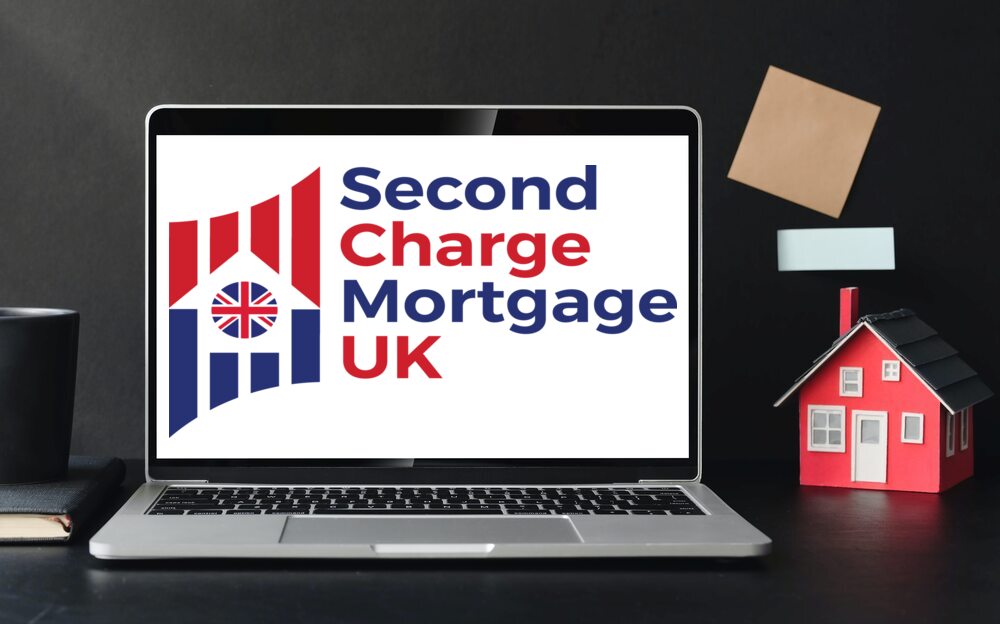When the pandemic took hold last year, a host of second-charge lenders pulled back on their lending. As a result, the market struggled. However, there’s no denying that the second-charge market is now booming.
In fact, the latest figures from the Finance & Leasing Association show that in September this year new business agreements jumped by 67% to nearly 2,500, while the value of new lending increased 78% to £102m.
These aren’t one-offs either. In the three months to the end of September, both the number of new second-charge agreements and the value of those deals are up by more than 100% on the same point last year, while on an annual basis they are both up by more than 10%.
There is a pretty clear message there. Not only has the second-charge market bounced back from the challenges of COVID, it’s now at pre-pandemic levels. What’s more, the momentum isn’t ending – the FLA said it fully expects new business volumes to grow over the remainder of the year as demand is so solid.
To find out more about how we can assist you with your Second Charge Mortgage please click here
Changing circumstances
There are plenty of different reasons for why the second-charge sector is looking so positive at the moment, but the strength of that demand from borrowers is a significant one.
The last couple of years has had a real impact on the finances of millions of homeowners, and making use of the biggest asset they own – their home – in order to correct that makes sense.
It’s no secret that scores of clients have taken on additional forms of debt to get through the pandemic, but now that the economy – and perhaps their personal circumstances – look to be on an upward trajectory, they may want to explore their options for consolidating those debts into a single monthly payment.
Equally, there will be plenty of homeowners who have realised their current home doesn’t quite meet their needs, but they don’t have the appetite – or the funds – to purchase a new one, and so instead want to improve what they already have.
It may be converting an attic to build a new bedroom for a growing family, or perhaps adding an extension which can serve as a home office now that they spend a portion of the week working from home. That sort of home improvement project will likely require some serious funding too.
The number of clients in these positions has only increased as a result of the pandemic, and a second-charge mortgage is likely the perfect option for them.
Discover our Second Charge Mortgage Broker services.
Remortgage regret
There was a time when intermediaries may have immediately turned to a remortgage for a client looking to raise funds for home improvement or to pay off debts.
There are some potentially significant downsides to following this course of action though. For starters, there’s the danger of large exit fees.
Let’s face it, with interest rates as they have been for the last decade, it’s no great surprise that huge numbers of borrowers have chosen to lock in for longer periods. For many borrowers, the 2-year fix is yesterday’s news – instead borrowers are more likely to want a 5-year fixed rate.
But that means that if they do need to raise funds, remortgaging can be prohibitively expensive due to the large early repayment charges they would face.
Of course, remortgaging may also mean the client has to move to a less attractive rate, particularly if the sum they are borrowing for their debt repayment or home refurbishment pushes the loan into a higher loan-to-value band.
Remortgaging may mean sacrificing a great rate, moving into a more costly band for borrowing and having to pay a hefty exit fee to boot. It’s not exactly a compelling proposition, is it?
A second option
However, a second-charge mortgage avoids all of those downsides. The client borrows against the equity they hold in the property outside of the existing mortgage – that first-charge is completely untouched.
This is an even more attractive idea after the last year, when the activity levels in the housing market have meant the value of our homes has increased, meaning homeowners often hold more significant equity levels than was the case just a year or so ago.
There are no exit fees to worry about, no payment shocks that will come from having to shift the existing mortgage to a higher rate or a higher loan-to-value (LTV) band. Instead, the client can simply access the funds they need for their project or debt repayment and get on with their lives.
With every week that passes, we see more and more advisers becoming more comfortable with the role that second-charges can play for their clients.
This has been coupled with fantastic competition and innovation across the lending space, meaning the products we deliver are better designed and suited for clients.
The FLA is absolutely right that demand for second-charge products are only likely to grow from here. As a result, it’s crucial for advisers to put plans in place for helping these clients, whether that be handling the advice themselves or partnering with specialists who can ensure those clients still receive the best possible guidance.
By Steve Brilus
Source: Mortgage Introducer






